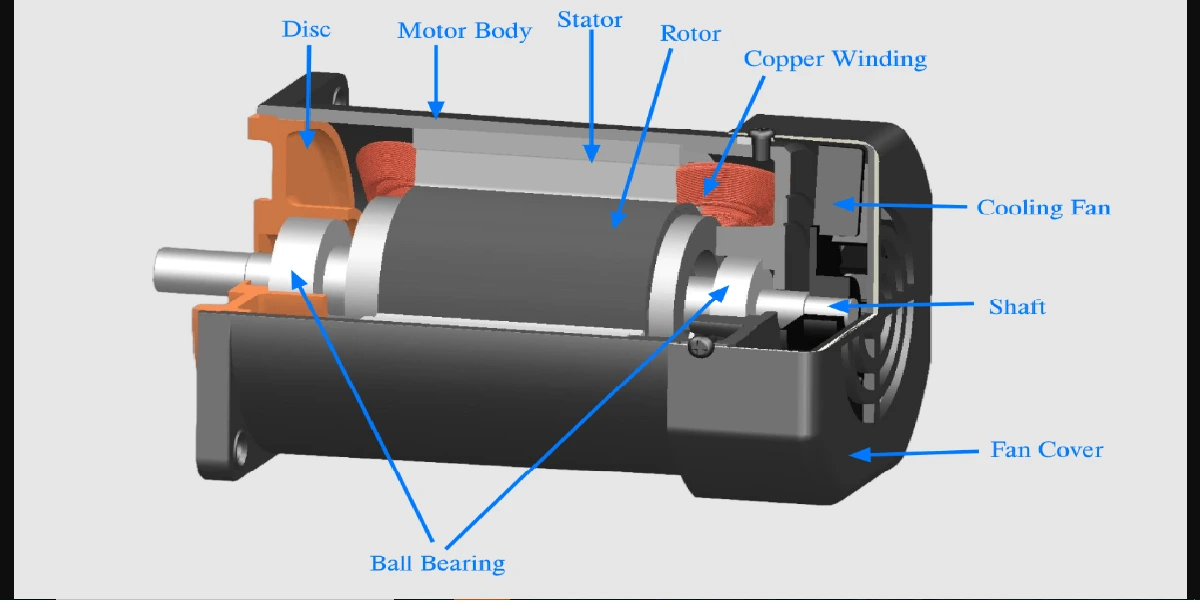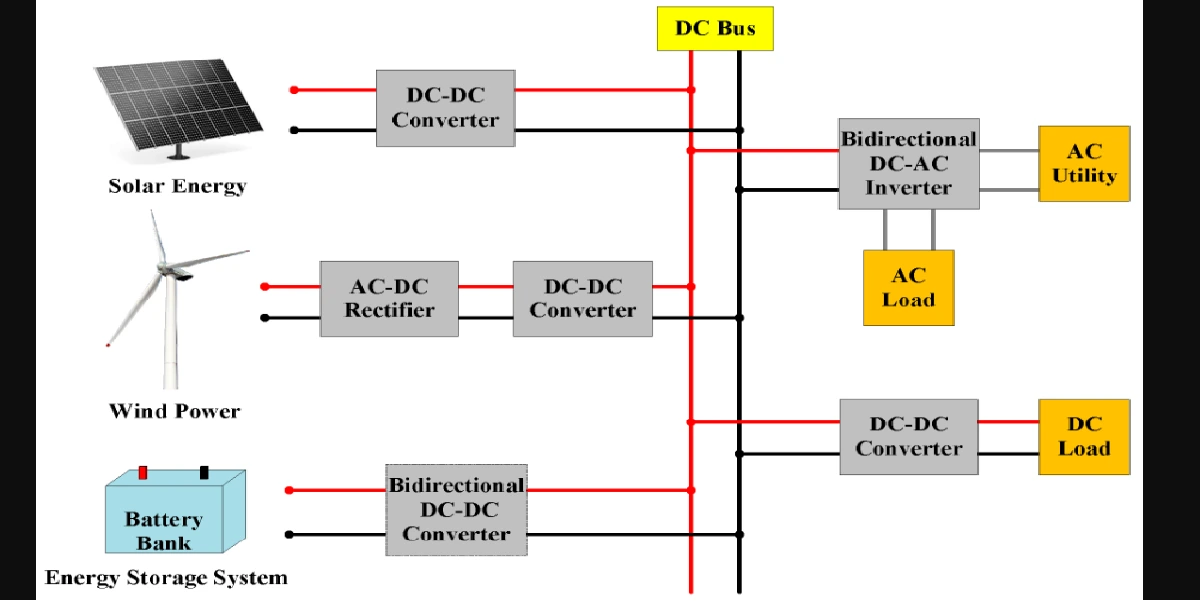Microprocessors are the ‘brains’ of most electronic devices, including computers and mobile phones. They help these devices integrate applications and connect devices. A microprocessor is a small integrated circuit that operates the functions of a central processing unit.
On the other hand, we use 8-bit and 16-bit concepts to explain the power and framework of these microprocessors. The word ‘bit’ describes the width of a processor’s data bus and registers. It also explains the set of instructions that a microprocessor manages in each cycle.
This helpful article will help you learn more about 8-bit and 16-bit microprocessors, their features, and applications. We will also highlight the main differences between them and their evolution.
What is an 8-bit Microprocessor and 16-bit Microprocessor?
8-Bit Microprocessor
An 8-bit microprocessor operates 8 bits of data simultaneously and can control numbers from 0 to 255 in one process. The number’ 8′ indicates the size of the data bus, registers, and the set of instructions.
Example
- Intel 8008
- Zilog Z80
In the past, these processors were the pillars of the advancement of early computing technologies.
Features
- 8-bit microprocessors can control only 8 bits of data in one clock cycle. This restricts their functionality in processing larger data types, such as 6-bit or 32-bit numbers, in one process.
- Usually, 8-bit microprocessors contain a 16-bit address bus, allowing them to directly access more than 65,536 (64K) memory addresses.
- Due to the smaller data width, 8-bit microprocessors are slower than 16-bit processors. Thus, they cannot perform complex calculations quickly.
- 8-bit microprocessors have simple and easy data sets of instructions that make them unable to perform complex tasks efficiently.
Applications
- 8-bit microprocessors laid the foundation of the first personal computers like Apple I and II and the Commodore 64.
- Due to their simplicity, naive uses, and affordability, 8-bit microprocessors were widely used in different embedded systems, including first-generation gaming systems, household devices, and toys.
- Their simple control systems enable them to be used in different control systems, including printers, washing machines, and other simple automated devices.
16-Bit Microprocessor
A 16-bit microprocessor can operate 16 bits of data and 0-65,535 (2^16) numbers in one clock cycle. Its sophisticated design empowers it to perform complicated computing tasks more efficiently than other microprocessors.
Features
- This Microprocessor can operate twice the data than an 8-bit microprocessor in one clock cycle. It can easily handle larger integrations, high-quality graphics, and complex calculations.
- 16-bit microprocessors contain a 20-bit address bus and can quickly access more than 1,048,576 (1MB) memory addresses. It’s also an edge over the 8-bit Microprocessor.
- 16-bit microprocessors are faster and more powerful than the 8-bit microprocessors. They are capable of multitasking functionalities and can quickly operate complex software.
Applications
- 16-bit microprocessors empowered first-generation personal computers, including IBM PC/AT and the Apple Macintosh. Their high performance and multitasking abilities set them apart from their predecessors. They could quickly operate highly graphical, complex tasks.
- These microprocessors were widely used in embedded systems to deliver advanced control and processing. They supported automotive systems, industrial control units, and healthcare devices.
- This advanced microprocessor generation led to a revival of modern gaming devices, including the Super Nintendo Entertainment System and the Sega Genesis. It also empowered them to deliver more intricate graphics and sound.
Difference Between 8-bit and 16-Bit Microprocessors
- 8-bit microprocessors can operate 8 bits of data simultaneously, while 16-bits can operate 16 bits.
- 8-bit microprocessors cannot process complex tasks; on the other hand, 16-bit microprocessors can efficiently process large data sets.
- An 8-bit microprocessor can address a maximum of 64KB of memory; however, a 16-bit microprocessor can address over 1MB of memory.
- 8-bit microprocessors have smaller data widths, while 16-bit have larger data widths.
- The 8-bit has an easy-to-use framework; on the other hand, the 16-bit is specialized to easily process complex instructions.
- 8-bit microprocessors are slower than 16-bit microprocessors.
- 8-bit microprocessors can operate simple tasks, but 16-bit microprocessors handle more demanding tasks.
- You can easily design an 8-bit microprocessor, but it’s complicated to develop a 16-bit microprocessor.
- 8-bit microprocessors are affordable, whereas 16 bits need advanced and expensive fabrication techniques.
- 8 bits were used in first-generation computers, simple embedded applications, and basic control systems, while 16 bits were widely used in the latest video game devices and more advanced software applications.
Final Words
Both 8-bit and 16-bit microprocessors, as the major landmark of the microprocessor industry, revolutionize the computing world in a new way. Where 8-bit microprocessors are the base of first-generation computers, the 16-bit microprocessors were ground-breaking performers in handling modern computing, delivering high graphics, and addressing greater locations.
Microprocessors have advanced to 32-bit and 64-bit frameworks with higher processing power, addressing locations and functionalities. Whether 8-bit and 16-bit are now the predecessors, they still influence our modern devices.
Before learning about the advanced microprocessor families, one should try to understand these old foundations.






